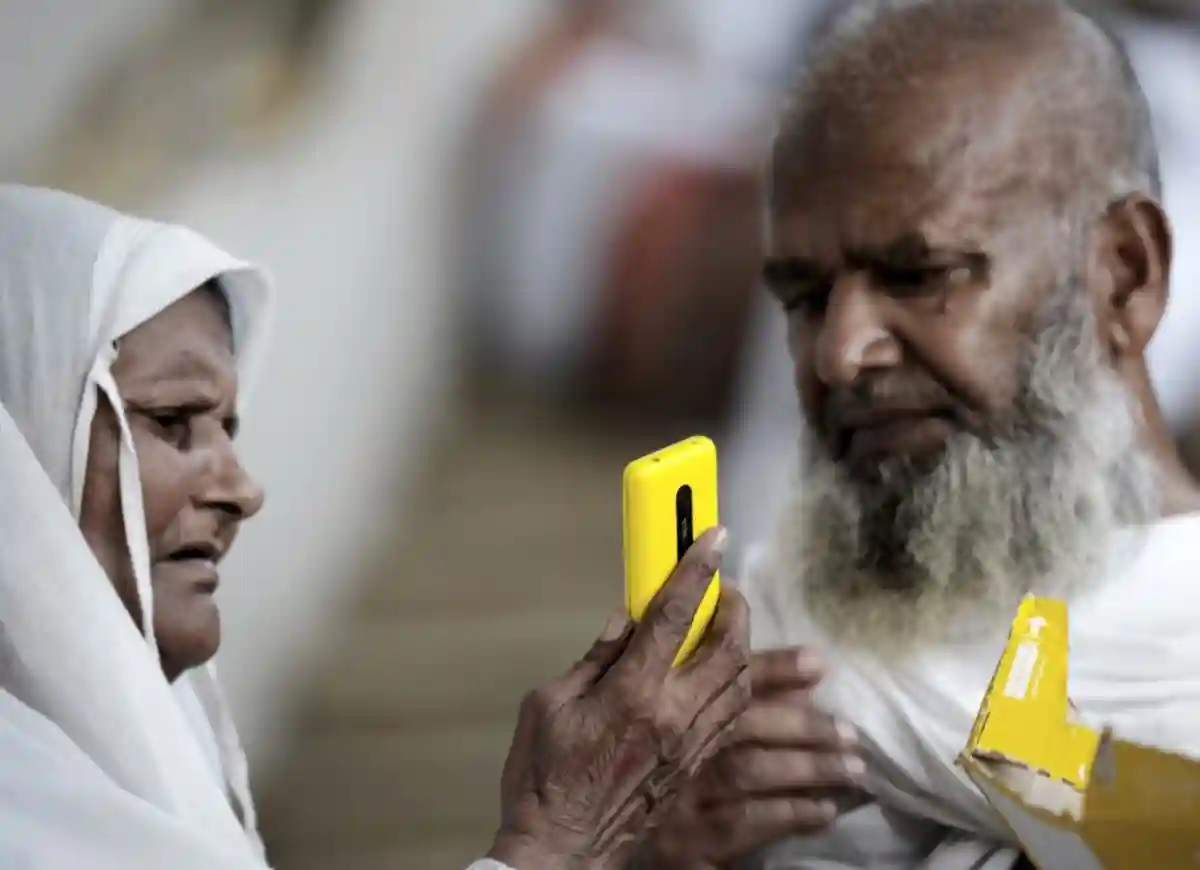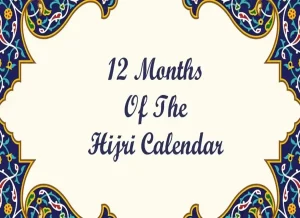Hajj – Whether or not taking selfies on Hajj is permissible is a matter of ongoing discussion among Islamic scholars, with no single, universally accepted answer. Here’s a breakdown of the different perspectives:
Arguments against taking selfies:
- Distraction from worship: Some scholars argue that taking selfies can be a distraction from the spiritual focus and concentration required during Hajj. They emphasize the importance of being fully present and devoting yourself entirely to worshipping Allah.
- Showing off (riya): Taking pictures with the intention of boasting or showing others about your pilgrimage can be seen as riya, which is a major sin in Islam. The focus of Hajj should be on sincere worship and self-improvement, not on seeking the validation or approval of others.
- Potential for disrespect: Taking selfies in crowded areas can disturb or inconvenience other pilgrims, especially during the rituals. Additionally, some scholars argue that photography, in general, is discouraged in sacred places like the Kaaba.
Arguments for taking selfies:
- Memorable record: Some scholars see no harm in taking pictures as a way to remember the experience and the spiritual journey of Hajj. They argue that such mementos can serve as a reminder of your commitment and achievements.
- Sharing the blessings: Sharing photos of your pilgrimage with loved ones can help spread the blessings of Hajj and inspire others to strive for this sacred journey.
Imam Suhaib discusses selfies in conjunction with the larger issue of taking pictures.
Question:
In the last couple of days, some people have criticized me for sharing my Hajj photos. What do you think about this?
Answer:
It’s a tragic question and I find it odd that people take the opportunity to glance at images of other people and critique them. In conclusion I’ll tackle this issue from four different angles:
Are pictures forbidden?
The principles of understanding texts.
The importance of the collective good.
Also Read: Umrah Interruption: Navigating the Pause Before the Hajj – Insights and Updates
The intention of a person should be left to Allah all by itself.
Certain people may disqualify people who take pictures as they believe that photography is not allowed, citing”the “consensus” of scholars. Although this is a belief held by certain scholars, there is definitely no consensus that the taking of photographs is prohibited. Al-Azahr along with other religious organizations along with most scholars believe that pictures are acceptable, so they do not depict something that is a sinner.
Use of an Famous Text
Folks can refer to the prophetic tradition in which the prophet (peace be with him) curses the people that “mold the idols.” This is reasonable since the term used to describe idol-making as well as the word for photography are both the same word for Arabic (taswir).
But their meanings are distinct. In the times that of Moses, Taswir was a reference to make idols. In modern times, it is a reference to photography. This is an indication of people’s ignorance of fundamentals of the art of ifta (the art of distributing fatwa) and the rules for reading texts, as well as their understanding of Arabic.
An Important Axiom, and Its Application
The most significant principles that guides the art of granting a ruling is “Concern is based on the meaning of the word, not the name.” This axiom can be applied to four situations:
Anything is declared to be as haram (unlawful) during the time of the Prophet remains prohibited even if someone alters the name of the item. This is why the Prophet proclaimed, “Towards the end of time, a section of my community will attempt to allow alcohol and call it another name.” So, even if some later generations altered the name, it’s still prohibited due to the chemical content. Names are not a factor!
It was a thing that was acceptable at the period of the Prophet, but later generations gave it the name to denote something that was forbidden. It is still permissible because it is about the substance, not for the name.
Unknown during the time of the Prophet, if believed to be prohibited by scholars, remains prohibited even if subsequent generations called it something acceptable.
Also Read: 600 CE Chronicles: Unveiling Mecca’s Transformative Era at The Birth of Islam
What was unknown in the days of the Prophet, but is legal remains that way even if subsequent generations referred to it as something prohibited. One example is the word qahwa (coffee) that was the name of an intoxicant that was used for centuries.
Photography is a part of the fourth category since it was not in existence at the period that of Prophet . Making statements about prophets as though they’re talking about what we understand to be meaning today taswir is equivalent to placing meanings into the mouth of the Prophet!
An Example that illustrates this Error
In the 12th chapter of the Qur’an the word sayyarah is discovered. In modern times, the word siyyarah is a reference to an automobile. When the revelation was made it was a reference to travel.
“And there came a crowd of travellers. They handed over their water buckets and he emptied his bucket. He declared, “Good news! Here’s a child.” They took him under cover, and hid him, [taking the boy as a commodity and Allah was aware of their actions.” (Qur’an, 12:19)
Based on the argument of those who believe the words of the Prophet that is used for the making of idols to mean its current definition of photography, the above passage can be understood to mean:
“And there was”Then there came “Lexus, BMW, Mercedes (any vehicle)” Then they sent their water dispenser..”
Shaykh Muhammad al-Shanqiti wrote “Photography was not a thing in the time of the Prophet, or even the famous academics in Islamic Jurisprudence. It was a subject later.
Therefore, the holy texts in which use the term taswir mentions do not necessarily mean the modern concept of photography. This is because the term taswir employed by the Prophet at that time meant what it did in the context of idols constructed from clay, stone, wood or drawn with a hand. So, anyone who explains the meaning of the word that the prophet used to denote photography has misinterpreted the sacred texts in a way that is not based on their true meaning and contexts, and has even talked about Allah without knowing.”
Also Read: Embark on a Spiritual Journey: Discover 50 Must Do Activities During Hajj
Another Axiom: Contradiction of Purposes renders Analogy a Troublesome
One of the most important factors in Islamic Law is qiyaas. Qiyaas is defined by al-Qadi al -Baydawi, “Connecting an act that does not have a ruling to an act of source of fear that is ruled upon due to a shared reason.”
What’s crucial to us is the final section of his definition “a shared goal.” That means that if the characteristics are different and the rules derived from the sacred sources can’t be applied to an act which has no rule.
In the case of Taswir (idol making) We find the basis to prohibit it in the period in the time of Prophet included “emulating (mudaha) the creation process,” and in other texts, for explicit types of worship. If we consider photography in the present it is not for that primary purpose.
Actually, the primary reason for photography is to record and remember things. This is why it’s an absurd analogy to which a law cannot be utilized.
Also Read: The Ka’bah : Appreciating The Ka’bah’s Profound Significance in Islam
The name is Debatable
Shaykh Abdul Halim Mahmud has stated that photography shouldn’t be termed taswiir instead of “capturing an image” since photography is “capturing light, not creating an image out of clay or creating one.”
Hajj Selfies
For Hajj selfies, there’s nothing wrong with them since they’re a kind of remembering good things worshipping Allah in solitude, exploring fearful locations, love and fraternity as well as actions of worship.
A axiom says that “Anything that does not violate the sacred law and aids people keep track of God is worthy of praise.”
Allah declares “And we definitely have sent Moses by way of our signs (saying)”bring your people out from the darkness into the shining light, and make them remember the past days that were the days of God.'” (Qur’an 14:5)
A brief look at the reliable work of Qur’anic Tafsir (exegesis) will reveal that scholars from the very earliest days believe that this verse is an opportunity to remember God’s blessing and grace. This was the view from Ibn Abbas, Sufyan Imaam Malik, and many others.
Do not judge people’s intentions
In this regard the practice of taking photos of holy moments is acceptable in the event that a person’s intent is right. The responsibility of the entire community is to assume that they are doing the highest standards and to encourage good behavior. Although pictures aren’t a definite action, questioning someone’s motives or making an untrue belief about someone who is doing good is extremely offensive.
In the end, these images are crucial instruments to da’wah (calling to Islam) to share with family members, friends and even family members. In a world where there are a myriad of negative images of Islam all over the world I find it awe-inspiring to see people blame positive efforts to humanize our communities and the acts of worship we perform.
Categories: PRAYER (Salat), ALMS (Zakat), SAWN (Fasting) HAJJ (Pilgrimage) & DUA (Supplications), Hadith and Tafseer, The Holy Quran, Quran Jaz 1- 114
Topics: Ushr and Zakat, Hijab, Arabic Corner, Faith, Islamic History, Biography, Sirat ul Nabi PBUH, Islamic Studies, Halal & Haram
Hajj:
- What is Ihram Haji ? | Hajj and Umrah-Quranmualim
- Importance of The Days of Zil Hajj | The Day of Arafah
- Define Menses during Hajj and Umrah | Mina in Makkah
- The Holy pilgrimage of The Messenger | The Rituals of Hajj
- 3 Types of Hajj | Tamattu | Ifrad | Hajj Qiran – Quranmualim








